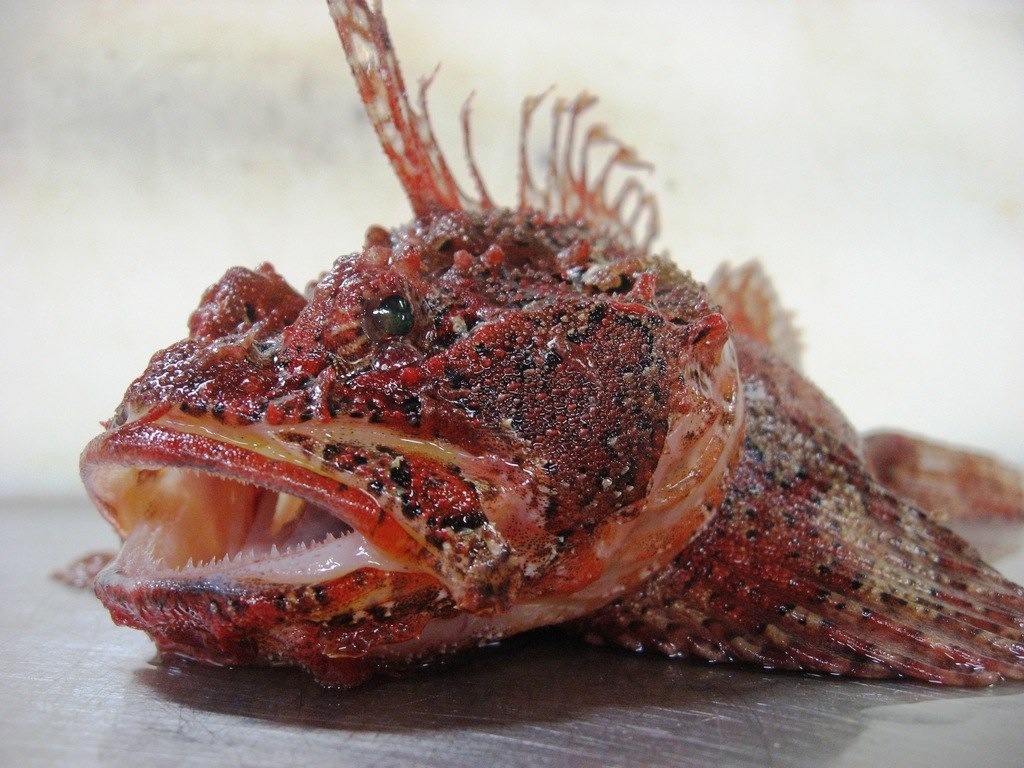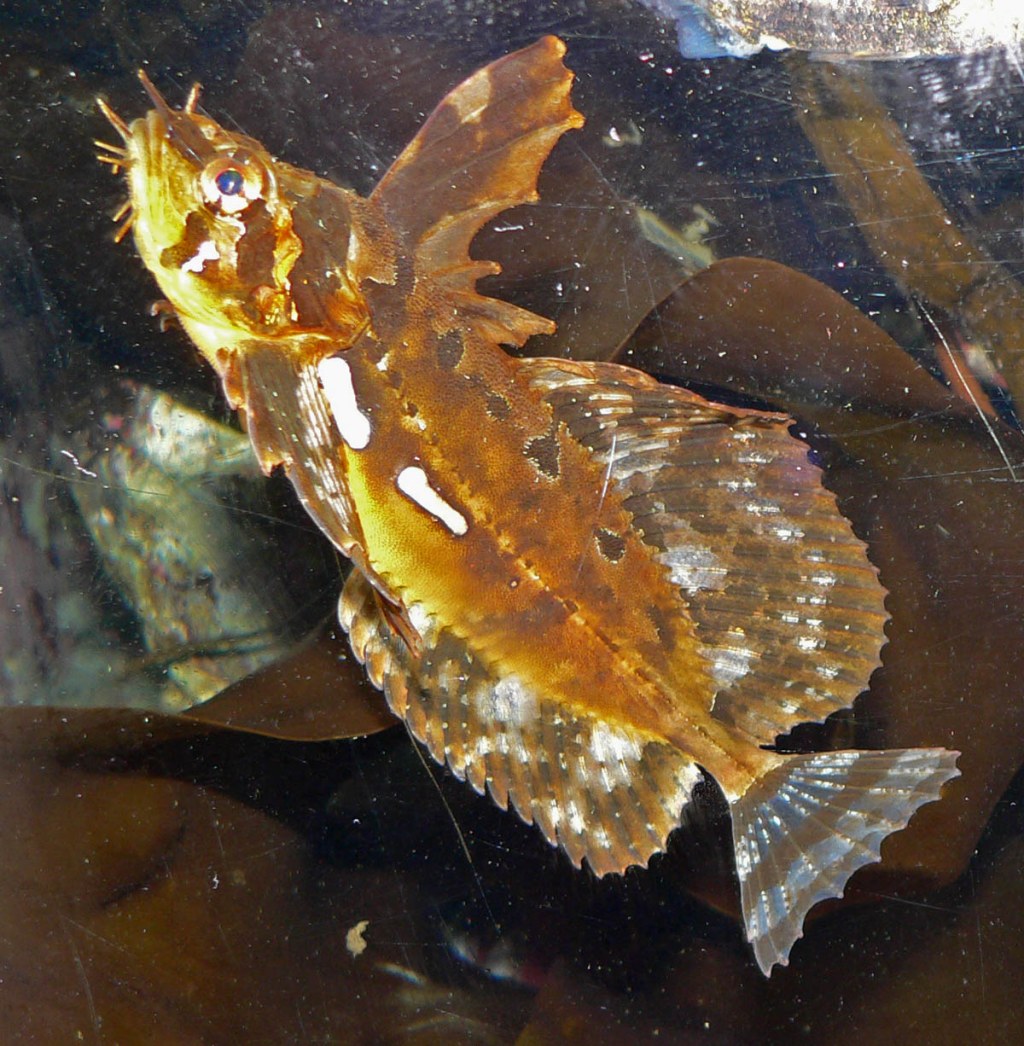Unleash The Power Of The Raven Of The Sea: A Captivating Call To Action
Raven of the Sea: The Majestic Birds of the Ocean
Greetings, Raven Enthusiasts! Today, we embark on a journey to explore the fascinating world of the raven of the sea, a nickname given to a remarkable creature that roams the ocean. These magnificent birds, known for their intelligence and captivating presence, have captured the attention of nature enthusiasts and researchers alike. In this article, we will delve into the details of these majestic birds, uncovering their characteristics, behaviors, and the wonders they bring to the marine ecosystem.
Introduction
The raven of the sea, a common term used to refer to the magnificent Arctic tern (Sterna paradisaea), is a bird renowned for its remarkable abilities and captivating beauty. These birds are known for their incredible migration patterns, covering vast distances as they navigate the globe. With their elegant appearance and impressive flight skills, they have become a symbol of grace and resilience in the avian world.
3 Picture Gallery: Unleash The Power Of The Raven Of The Sea: A Captivating Call To Action



Arctic terns are medium-sized seabirds with a striking appearance. Their plumage is predominantly white, accentuated by a black cap on their heads and a distinctive red beak. Their streamlined body and long, pointed wings enable them to effortlessly glide through the air, displaying their aerial prowess.
These fascinating birds can be found on every continent, with their nesting grounds primarily located in the Arctic regions during the summer. However, during the winter, they embark on an incredible journey, migrating to the Antarctic to escape the harsh conditions of the Arctic. This migration is one of the most extraordinary feats of the animal kingdom, as these birds travel unparalleled distances to reach their destination.

Image Source: southshorefishing.net
Arctic terns are known for their intelligence and adaptability. They possess excellent navigational skills, relying on a combination of celestial cues, landmarks, and magnetic fields to guide them during their long migratory journeys. This remarkable ability has astounded scientists and has sparked numerous studies to unravel the mysteries of their navigation system.
These birds have also forged intricate connections with the marine ecosystem, relying on the ocean’s resources for their survival. With their keen eyesight and sharp beaks, they dive into the water to catch their prey, which mainly consists of small fish and invertebrates. By playing their part in the delicate balance of the ocean’s food chain, they contribute significantly to the overall health and vitality of marine ecosystems.
Now, let us dive deeper into the enchanting world of the Arctic tern, exploring the various aspects that make them such remarkable creatures of the sea.
What Makes the Arctic Tern Unique?
☑️ Extraordinary Migratory Patterns

Image Source: amazonaws.com
Arctic terns embark on an annual migration that covers mind-boggling distances, making them the champions of long-distance migration in the avian world. They travel from their breeding grounds in the Arctic to the Antarctic, covering approximately 40,000 kilometers (25,000 miles) each way. This incredible journey allows them to experience two summers in a single year.
☑️ Adaptations for Survival

Image Source: wikimedia.org
Arctic terns have evolved several adaptations that enable them to thrive in their diverse habitats. Their streamlined bodies and long wings are perfect for efficient flight, allowing them to travel long distances with minimal effort. They also possess a high metabolic rate, enabling them to endure the harshest conditions and maintain their energy levels during their arduous journeys.
☑️ Astonishing Lifespan
Despite the challenges they face during their annual migrations, Arctic terns have an impressive lifespan. These birds can live up to 30 years, allowing them to embark on numerous migrations and contribute to the perpetuation of their species.
☑️ Navigational Wonders
Scientists are still unraveling the mysteries behind the Arctic tern’s remarkable navigational abilities. Research suggests that they rely on a combination of celestial cues, landmarks, and the Earth’s magnetic fields to navigate accurately. Their ability to sense and interpret these cues has captivated researchers and shed light on the extraordinary intelligence of these birds.
☑️ Contribution to Ecosystems
The Arctic tern plays a vital role in maintaining the delicate balance of marine ecosystems. By feeding on small fish and invertebrates, they help control populations and prevent overgrowth, ensuring the sustainability of the marine food web. Their presence in these ecosystems is crucial for the overall health and biodiversity of the ocean.
☑️ Cultural Significance
Arctic terns hold cultural significance in various communities around the world. They are often associated with concepts of freedom, resilience, and adaptability. Their graceful flight and enduring spirit have inspired countless artists, poets, and storytellers throughout history.
Who are the Arctic Terns?
Arctic terns, scientifically known as Sterna paradisaea, belong to the family Laridae. These birds are part of the larger tern family, which includes various species found worldwide. The Arctic tern is particularly renowned for its exceptional migratory behavior and remarkable adaptability to different environments.
The Arctic tern can be found across the globe, nesting in Arctic and sub-Arctic regions during the summer months. They prefer areas close to water bodies, such as coastal cliffs, islands, and tundra regions. These locations provide suitable nesting grounds and easy access to their primary food source: fish and invertebrates found in the adjacent oceans and seas.
During the winter, Arctic terns undertake a phenomenal migration, flying to the Antarctic to escape the freezing temperatures of the Arctic. This migration takes them to the other end of the world, as they follow routes that connect the two poles. They spend the southern hemisphere’s summer in the Antarctic, taking advantage of the rich feeding grounds available in the region.
Arctic terns are known for their social behavior, often nesting in colonies that can consist of thousands of individuals. These colonies offer protection against predators and provide opportunities for mating and raising their young. Within these colonies, the birds establish complex social hierarchies and engage in courtship displays to attract mates.
The reproductive cycle of Arctic terns is closely tied to their migratory patterns. After reaching their breeding grounds in the Arctic, the birds engage in courtship rituals, followed by the construction of nests. The female lays one to three eggs, which are incubated by both parents. Once the eggs hatch, the parents take turns feeding and caring for the chicks until they are ready to fledge and join the migration southward.
When and Where Can You Spot the Arctic Tern?
🌍 Breeding Grounds
Arctic terns can be found nesting in various regions within the Arctic Circle. Their breeding grounds span across North America, Europe, and Asia. These areas include coastal regions, tundra landscapes, and islands, providing the necessary conditions for successful reproduction and the upbringing of their young.
🌍 Migration Routes
During the migration season, Arctic terns embark on an awe-inspiring journey from the Arctic to the Antarctic. Their migration routes take them across oceans and continents, passing through a multitude of countries along the way. They can be spotted in regions such as Canada, Greenland, Scandinavia, the British Isles, Africa, South America, and Antarctica.
🌍 Wintering Grounds
Arctic terns spend their winters in the Antarctic, taking advantage of the abundant food sources found in the region. The seas surrounding Antarctica provide an abundance of fish and invertebrates, ensuring the terns’ survival during the challenging winter months.
While spotting Arctic terns during their migration can be a rewarding experience, it is essential to respect their habitats and keep a safe distance to avoid disturbing their natural behavior. Observing these birds from a distance allows us to appreciate their beauty while ensuring their well-being.
Why are Arctic Terns Essential to the Ecosystem?
Arctic terns play a crucial role in maintaining the balance and vitality of marine ecosystems. Their presence influences various aspects of the ecosystem, promoting biodiversity and ensuring the sustainability of the food web. Here are some reasons why Arctic terns are essential:
🐟 Controlling Prey Populations
Arctic terns primarily feed on small fish and invertebrates. By consuming these organisms, they help control their populations, preventing excessive growth that could disrupt the delicate balance of the marine ecosystem. Their feeding habits play a vital role in maintaining the health and stability of fish populations and the overall biodiversity of the ocean.
🌊 Nutrient Cycling
Arctic terns contribute to nutrient cycling within marine ecosystems. When they consume prey, they extract valuable nutrients from their bodies. These nutrients are then released back into the ecosystem through excretion, enriching the surrounding waters and benefiting a wide range of organisms.
🌍 Global Distribution of Nutrients
Through their extensive migrations, Arctic terns transport nutrients from the rich feeding grounds of the Antarctic to other regions around the world. Their feces contain vital nutrients that can fertilize the waters, enhancing productivity and supporting the growth of various marine organisms.
🦐 Controlling Invasive Species
Arctic terns play a role in maintaining the balance between native and invasive species within their habitats. By feeding on small fish and invertebrates, they help control the populations of potential invasive species that could negatively impact the local ecosystem. Their presence contributes to the stability and integrity of the marine environment.
🌊 Indicator of Ecosystem Health
The presence and behavior of Arctic terns can serve as indicators of ecosystem health. Changes in their population size, breeding success, or migration patterns can reflect alterations in the overall condition of the marine environment. Monitoring these birds allows researchers to gain insights into the well-being of the ecosystem and implement conservation efforts accordingly.
How Do Arctic Terns Survive in Extreme Environments?
Surviving in the extreme environments of the Arctic and Antarctic requires remarkable adaptations and strategies. Arctic terns have developed several mechanisms that allow them to thrive in these harsh conditions:
❄️ Insulation
Arctic terns possess a thick layer of down feathers, which provides excellent insulation against the cold. This insulation helps them retain body heat, ensuring their survival in freezing temperatures.
❄️ Efficient Metabolism
To combat the challenges associated with extreme temperatures and limited food availability, Arctic terns have a highly efficient metabolism. They can convert food into energy more effectively, allowing them to sustain their long flights and endure extended periods without food.
❄️ Water Conservation
Water sources may be scarce in the Arctic and Antarctic, but Arctic terns have adaptations that help them conserve water. They excrete concentrated urine and have specialized salt glands that remove excess salt from their bodies, allowing them to survive without direct access to freshwater.
❄️ Aerial Adaptations
Arctic terns’ aerial adaptations enable them to navigate the skies with ease. Their streamlined bodies and long, pointed wings reduce drag and maximize lift, allowing them to fly efficiently and cover vast distances during migration.
❄️ Teamwork
During the breeding season, Arctic terns form colonies where they benefit from the collective protection of their fellow birds. By nesting close together, they create a sense of safety, deter predators, and increase their chances of successful reproduction.
These adaptations, along with their remarkable navigational abilities, allow Arctic terns to overcome the challenges posed by the extreme environments they inhabit. Their resilience and adaptability make them true masters of the sky and the sea.
The Pros and Cons of Arctic Terns
Advantages of Arctic Terns
1️⃣ Key Indicators of Environmental Health: Arctic terns serve as vital indicators of the health and well-being of marine ecosystems. Monitoring their population size, breeding success, and migration patterns helps scientists assess the condition of the environment and implement appropriate conservation measures.
2️⃣ Nutrient Cycling: By consuming prey and excreting nutrient-rich waste, Arctic terns contribute to the cycling of essential nutrients within marine ecosystems. Their actions support the growth and development of various organisms and promote overall ecosystem productivity.
3️⃣ Pest Control: Arctic terns play a role in controlling populations of small fish and invertebrates, preventing imbalances and overpopulation. By regulating prey species, they contribute to the stability and sustainability of marine food webs.
Disadvantages of Arctic Terns
1️⃣ Nesting Disruptions: Human activities, such as tourism and coastal development, can disrupt Arctic tern nesting grounds. Disturbances can lead to the abandonment of nests, reduced breeding success, and overall population decline. It is crucial to protect their habitats and minimize disturbances to ensure their reproductive success.
2️⃣ Predation: Arctic terns face predation from various natural predators, including gulls, owls, and larger avian species. Predators often target their eggs or young chicks, posing a threat to their breeding success. Conservation efforts should focus on minimizing predation risks and protecting nesting areas.
3️⃣ Climate Change Impact: Climate change poses significant risks to Arctic terns and their habitats. Rising temperatures, melting sea ice, and changes in oceanic conditions can disrupt their migration patterns, alter the availability of food sources, and impact their overall survival. Conservation efforts should address the challenges posed by climate change and protect the environments vital to their existence.
Frequently Asked Questions (FAQs)
1. How Far Do Arctic Terns Migrate?
Arctic terns undertake an astonishing migration, covering approximately 40,000 kilometers (25,000 miles) each way. They
This post topic: Raven



